
Unlock Your Inner Collector: An Artist's Expanded Guide to Buying Modern Art
Ready to buy modern art? This expanded guide from an artist covers finding your taste, setting a budget (including hidden costs!), where to look (online, galleries, studios, fairs!), researching artists and artworks, understanding value and the secondary market, documenting your collection, displaying, and caring for your art. It's a personal journey into collecting art you genuinely love.
Unlock Your Inner Collector: An Artist's Expanded Guide to Buying Modern Art
Welcome to the exciting, sometimes bewildering, world of modern art! You might walk into a gallery, scroll online, or even see a piece in a friend's home that just... clicks. It sparks something inside you, a quiet (or maybe not so quiet) desire to own a unique creation, something that speaks to you. I get it. As an artist, I live and breathe this stuff, but I also remember the very first time a piece truly grabbed me. It was a small, abstract painting in a tiny local gallery – nothing famous, just vibrant colors and textures that felt like pure energy. I didn't know anything about the artist or the movement, but I felt it. That feeling of wanting to bring that energy into my own space? That's the core of collecting. It's less about investment for beginners, and much more about that emotional connection, the sheer joy of living with art you genuinely appreciate. Modern art, stretching roughly from the late 19th century to today, is all about breaking rules, experimenting, and seeing the world differently. This guide is designed to feel less like a lecture and more like a chat with a friend who happens to spend way too much time thinking about paint and canvas. Let's confidently embark on your journey as a modern art collector, one step at a time.
1. Discovering Your Taste and Setting a Budget: The Foundation of Your Collection
Before you even think about clicking 'buy' or stepping into a gallery, let's talk about you. What makes your heart skip a beat? What colors make you feel something? What shapes intrigue you? Figuring out your personal aesthetic preferences is the most crucial, and often the most fun, part. It's a journey of self-discovery, really. Think of it like building a personal playlist – it evolves, it surprises you, and it's uniquely yours. What kind of energy do you want the art to bring into your space? Are you looking for something calming, energizing, thought-provoking, or purely joyful? What emotions do you hope to feel when you look at it? Consider the function the art might serve – is it a conversation starter, a personal sanctuary, or just something beautiful to live with? You can explore this further with my guide on how to define your personal art style and taste.
Think of it like this: you wouldn't buy a new sofa without sitting on a few, right? Art is similar, but instead of comfort, you're testing for connection. Visit local galleries – yes, walk in! Don't feel intimidated. They're there for you to look, to feel, to ask questions. Museums are fantastic too, offering a broad sweep of history and styles. Online platforms like Artsy and Saatchi Art are like endless corridors of art; you can browse from your sofa, which, let's be honest, is sometimes exactly what you need after a long day. But there's magic in seeing art in person. The scale, the texture, the way the light hits it – it's a completely different experience. I've seen pieces online that were interesting, but then stood before them in a gallery and been completely blown away. Or vice versa! It happens. My guide on buying art online has more tips.
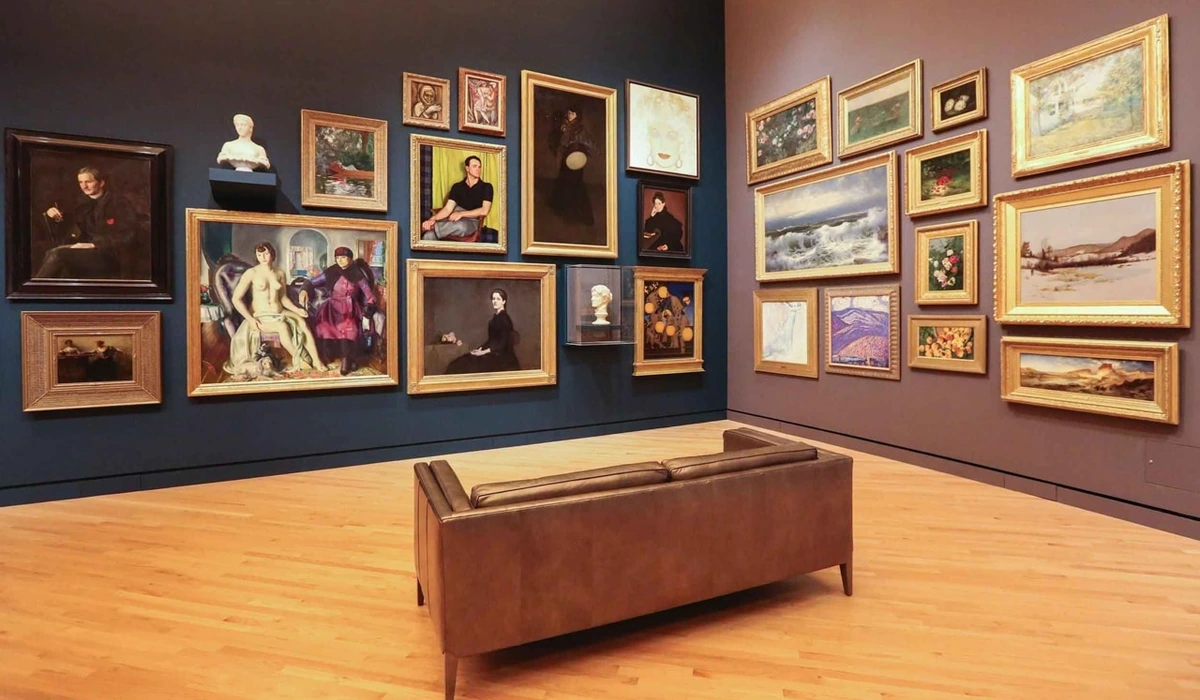
Consider the different mediums: the thick, luscious texture of impasto painting, the cool, smooth surface of a sculpture, the crisp lines of a print, the evocative capture of a photograph. What subjects draw your eye? Do you love the calm of landscapes, the intensity of portraits, or the puzzle of abstract compositions? Pay attention to the colors, shapes, and textures that consistently resonate. What stories do these colors tell you? Does this texture make you feel something specific? Ultimately, the golden rule is simple, maybe even a little scary: trust your instincts. Buy art that you genuinely love and want to live with, not just because someone told you it's 'in' or a 'good investment'. Trends fade, but your connection to a piece can last a lifetime. For more on finding art you love, check out my guide on what art should you buy.
Once you've dipped your toes in and have a slightly clearer picture of what you like (it doesn't have to be perfect!), it's time for the slightly less glamorous but equally important step: setting a budget. Art prices can feel like they're pulled from thin air sometimes, varying wildly based on the artist's fame, the medium, size, and provenance (that's just a fancy word for its history of ownership – think of it like a car's service history, but for art). For beginners, it's totally okay, even smart, to start small. Limited edition prints or original works by emerging artists are fantastic ways to begin building a collection without needing a second mortgage. Many places offer payment plans, too, making that dream piece feel a little more within reach. Setting your budget early is like having a map; it helps you focus your search and avoids that heartbreaking moment when you fall in love with something wildly out of your price range. Remember to factor in potential additional costs like framing, installation, shipping, insurance, sales tax, or even customs fees for international purchases – these can add a significant amount to the final price. Starting affordably builds confidence and knowledge, paving the way for future acquisitions. My guide on starting an art collection on a budget has more tips.
2. Exploring the Landscape of Modern and Contemporary Art: A Quick Peek
You don't need to be an art history professor to buy modern art, but knowing a little about some key movements can be like having a secret decoder ring. It helps you understand why a piece looks the way it does and might even point you towards styles you didn't know you'd love. Think of these not as rigid boxes, but as different ways artists decided to see and express the world during specific times. This is just a tiny glimpse into the vast world of modern art and its evolution into contemporary art.
- Impressionism (late 19th century): Imagine artists trying to bottle sunshine and fleeting moments. It's all about light, color, and capturing the feeling of a scene, often everyday life. Think Claude Monet and his water lilies or rainy Paris streets. It's like seeing the world through slightly blurry, sun-drenched glasses.
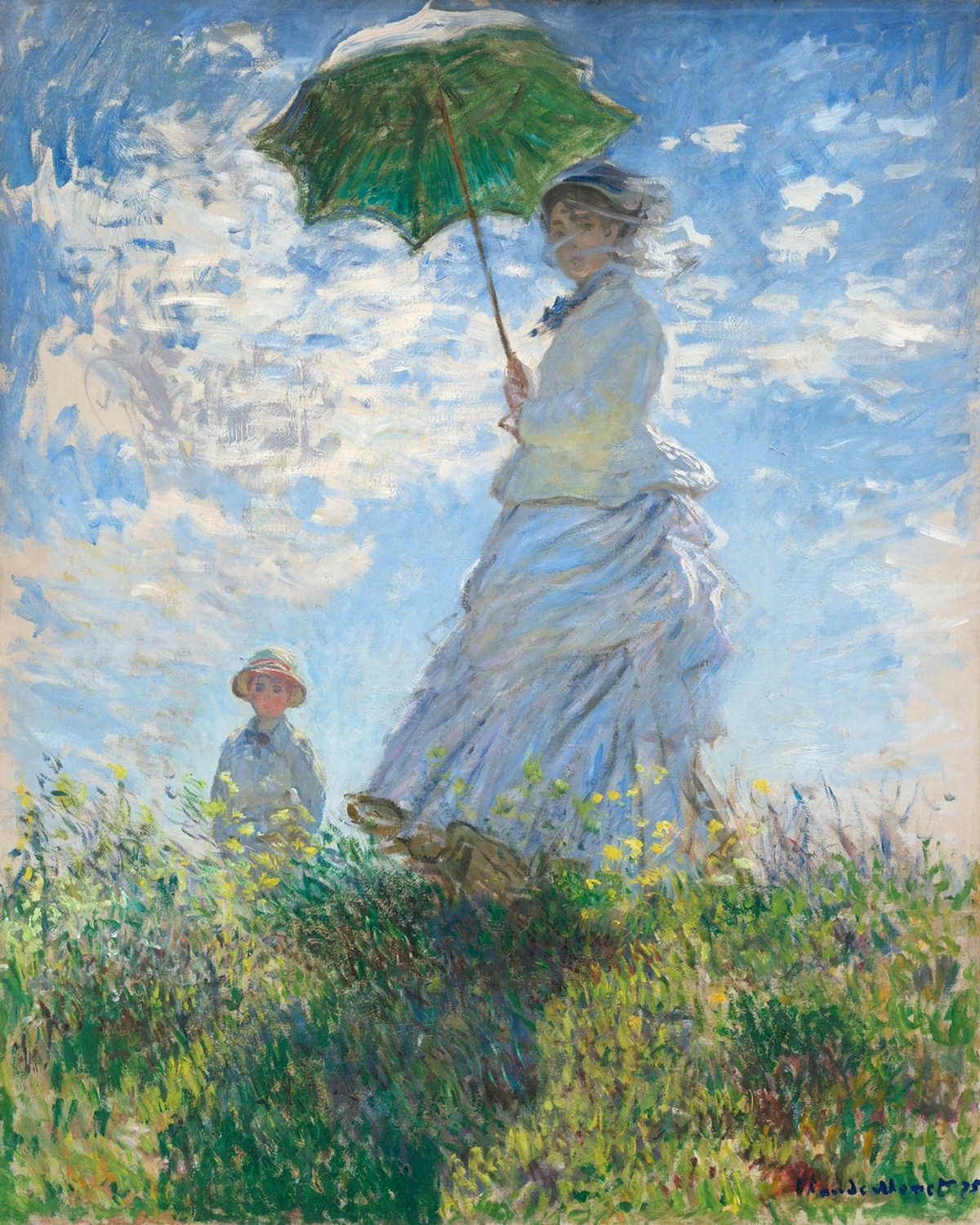
- Post-Impressionism: Building on Impressionism but adding more personal expression and structure. Artists like Vincent van Gogh (hello, swirling stars!) and Paul Cézanne explored color and form in deeper, more subjective ways. It's Impressionism with a bit more soul-searching and structure.
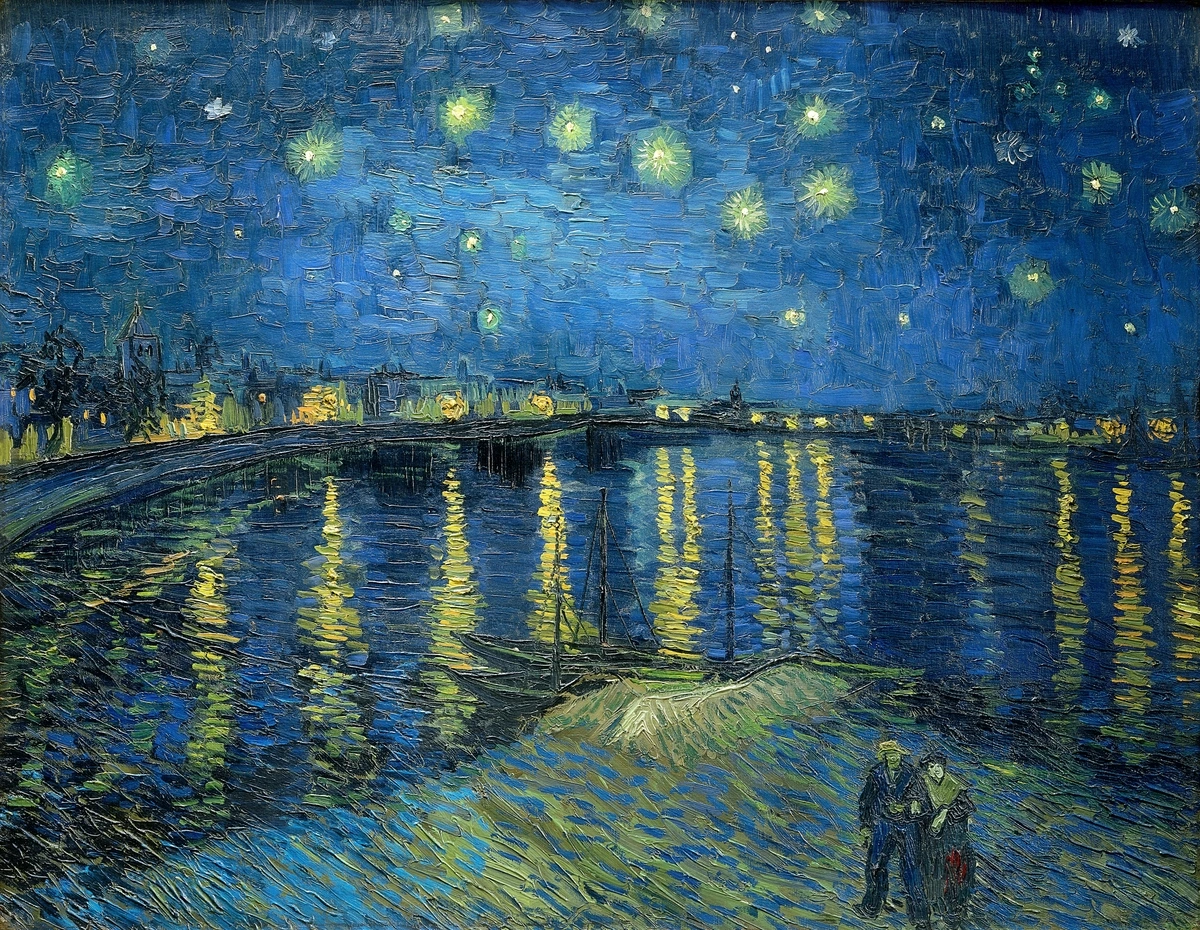
- Fauvism (early 20th century): The 'wild beasts'! This is where color goes on vacation and comes back wearing neon. Bold, non-naturalistic colors used for emotional impact. Henri Matisse is your guy here. It's art that practically shouts with color.

- Cubism (early 20th century): Pioneered by Pablo Picasso and Georges Braque, this is art seen through a kaleidoscope. Objects are broken down into geometric shapes and viewed from multiple angles at once. It's like trying to understand something complex by looking at all its pieces simultaneously. My guide on Cubism explained dives deeper.
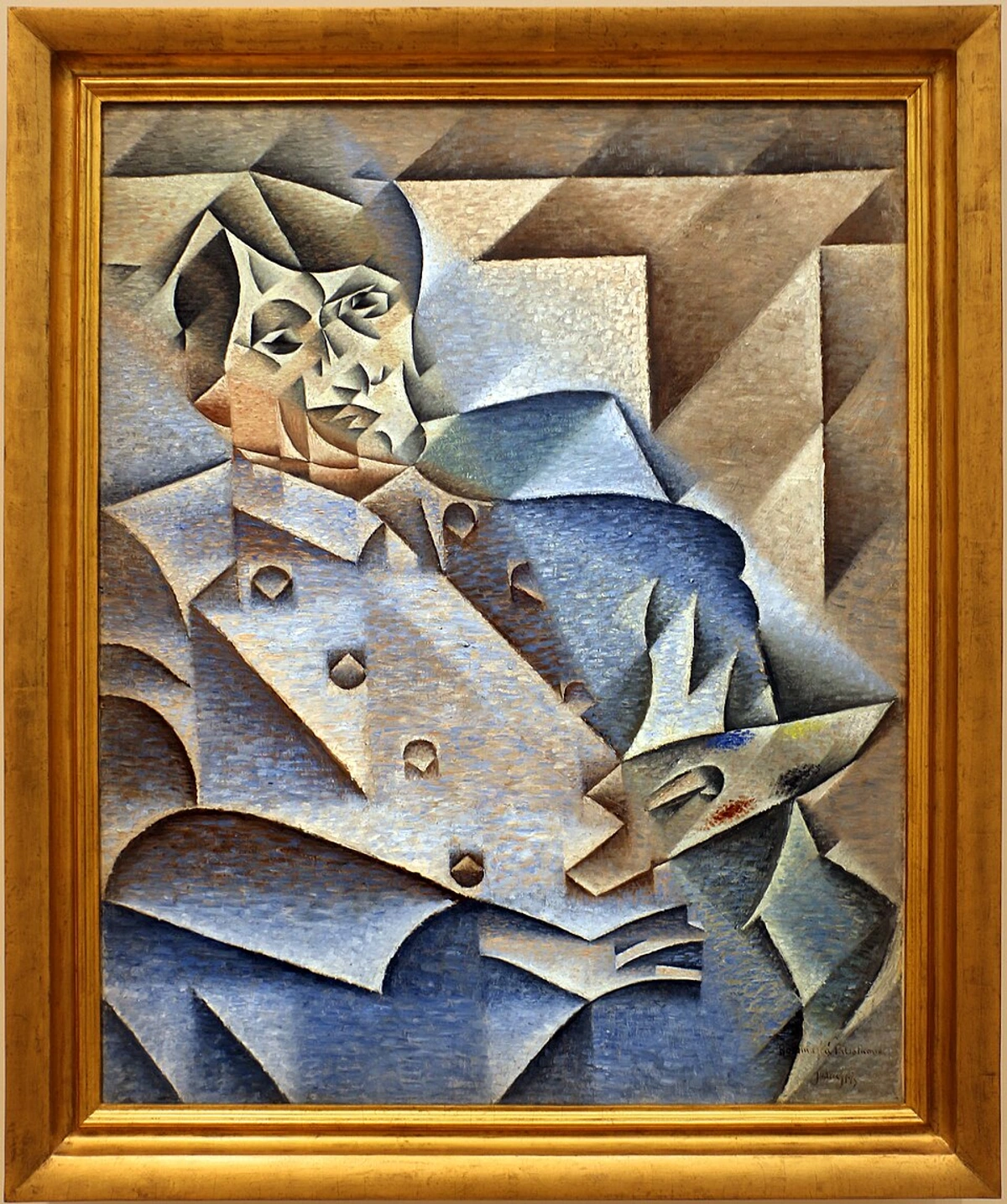
- Surrealism (post-WWI): Welcome to the dream world! Inspired by psychology, Surrealism explores the subconscious with illogical, bizarre, and often humorous imagery. Salvador Dalí and his melting clocks are the classic example. It's art that makes you ask, "What was the artist dreaming about?" Learn more in my guide to Surrealism explained.

- Abstract Expressionism (post-WWII): All about emotion and spontaneous expression, often on a massive scale. Think Jackson Pollock's drips or Mark Rothko's color fields that just feel something. It's less about what you see and more about what you feel. It's art that bypasses the brain and goes straight to the gut. Explore Abstract Expressionism further.
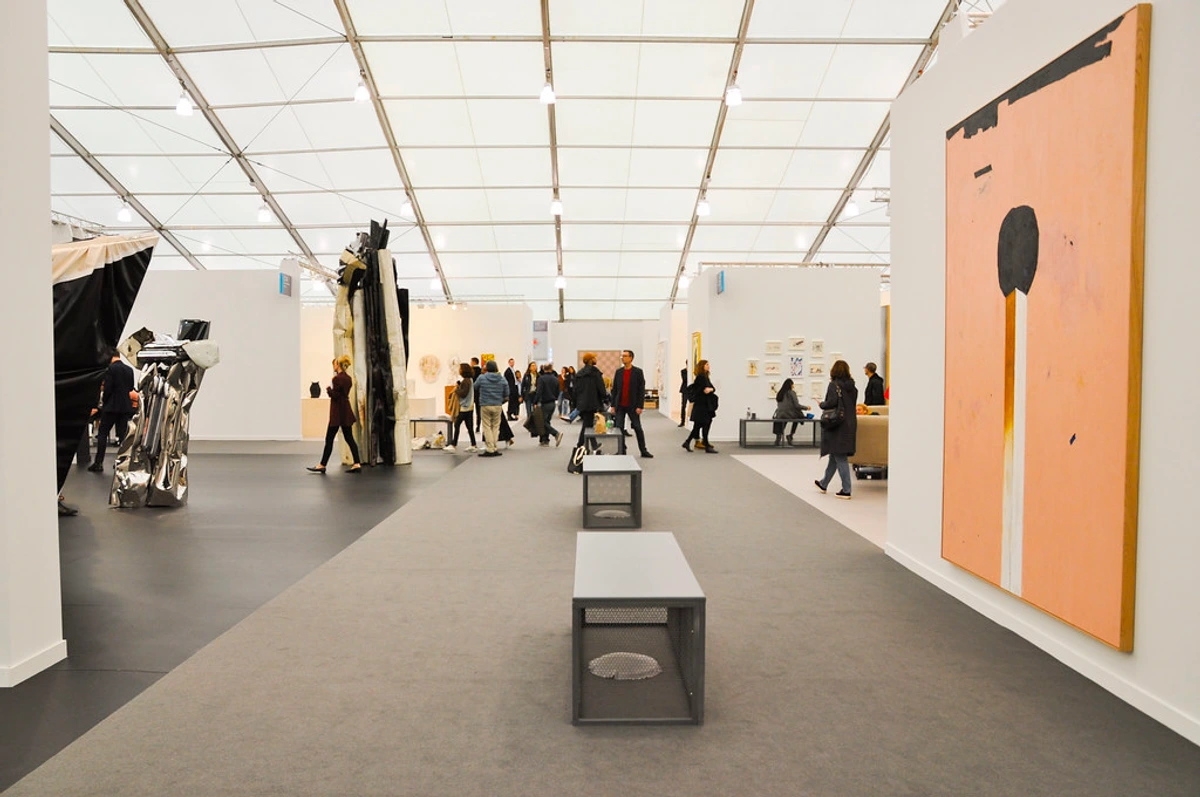
- Pop Art (mid-20th century): Bringing the everyday into the gallery. Inspired by popular culture, advertising, and comic books. Andy Warhol and his soup cans are instantly recognizable. It's art that says, "Hey, look at this ordinary thing, isn't it... something?" My guide to Pop Art has more.
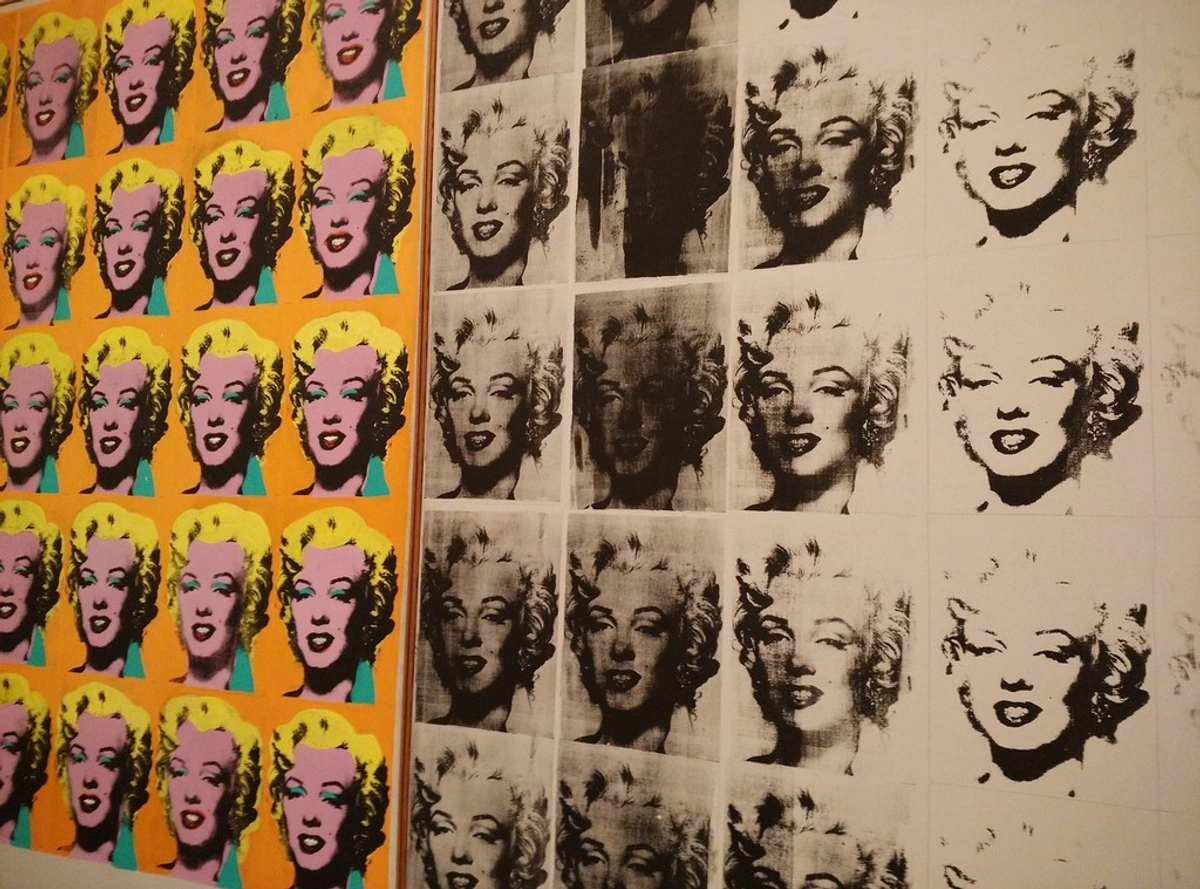
This is just scratching the surface, of course. The world of modern art is vast and full of surprises. As you explore, you'll find connections, maybe even to movements you didn't expect. It's all part of the fun! And modern art didn't stop in the 70s; contemporary art continues to evolve, often building on these foundations or reacting against them. Think about Minimalism, stripping art down to its essential forms; Conceptual Art, where the idea is paramount; Performance Art, using the artist's body as the medium; Video Art, exploring new technologies; Street Art, bringing art to public spaces; Digital Art, created with digital tools; Installation Art, transforming spaces; and Textile Art, pushing traditional craft boundaries. These movements constantly push boundaries and reflect our current world, showing how the spirit of modern art lives on. As an artist myself, I see echoes of these historical movements in my own work, whether it's the Fauvist use of color or the Abstract Expressionist focus on feeling. History isn't just in museums; it informs what's being created today.
3. Where to Find Modern Art: Your Hunting Ground (Online and Off)
Okay, you've got a sense of your taste and a budget in mind. Now, where do you actually find the art? Luckily, you've got options, both digital and delightfully physical.
Online Galleries and Marketplaces: The internet has thrown the doors wide open. Platforms like Artsy, Saatchi Art, and others offer a dizzying array of art from around the globe. The convenience is unbeatable – you can browse thousands of pieces in your pajamas. Prices are often more transparent than in traditional settings, and you can easily compare different artists and styles. But, and it's a big but, you can't see the art in person. It's like online dating for art; the profile looks great, but you don't really know until you meet. Always, always check the seller's reputation and their return policy. Buying art online can be fantastic, but a little caution goes a long way. To navigate this space effectively, learn to use filters (by style, medium, price, size) and save searches. Pay attention to the quality of the images provided – zoom in! Don't hesitate to request more photos or even a video if available. My guide on navigating online art marketplaces offers more specific advice.
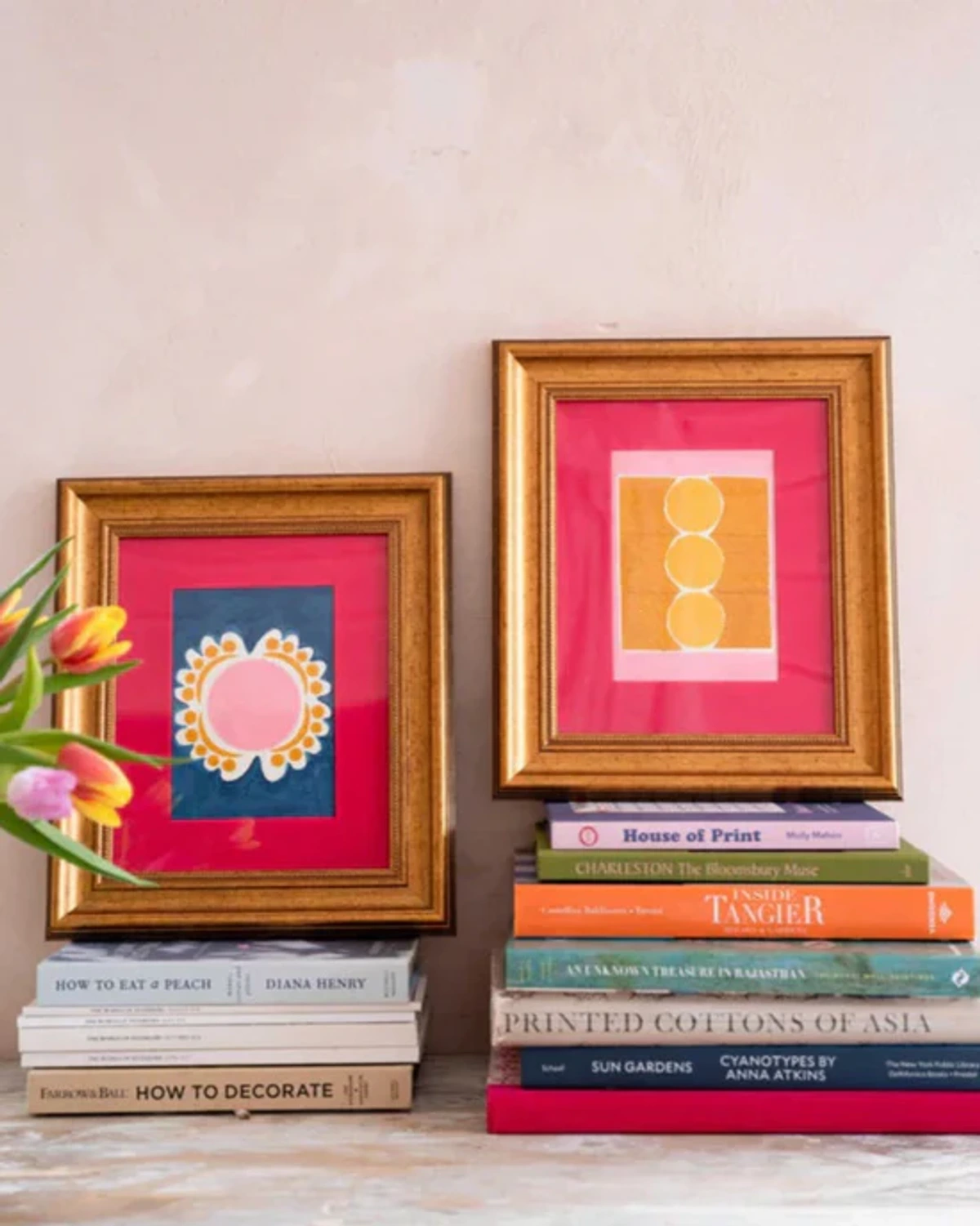
Physical Art Galleries: Ah, the classic experience. Walking into a gallery, the quiet hum, the focused lighting, the sheer presence of the artwork. Visiting local art galleries lets you see the texture, the true colors, the scale – things a screen just can't replicate. Gallerists might seem intimidating, but they're usually passionate and incredibly knowledgeable. Think of them as guides! They can tell you about the artist's story, the inspiration behind the work, and even help with things like framing. Building a relationship with a gallery can be rewarding; they might even tip you off to new artists they think you'd like based on your taste. Yes, prices might sometimes be higher than online, reflecting the gallery's overhead and expertise, but the experience and service are part of the value. Don't be afraid to ask questions, even if you feel they're silly. They've heard it all, trust me. Consider attending gallery opening receptions – they can be a less formal, more social way to experience galleries, often with the artist present, allowing for direct interaction.
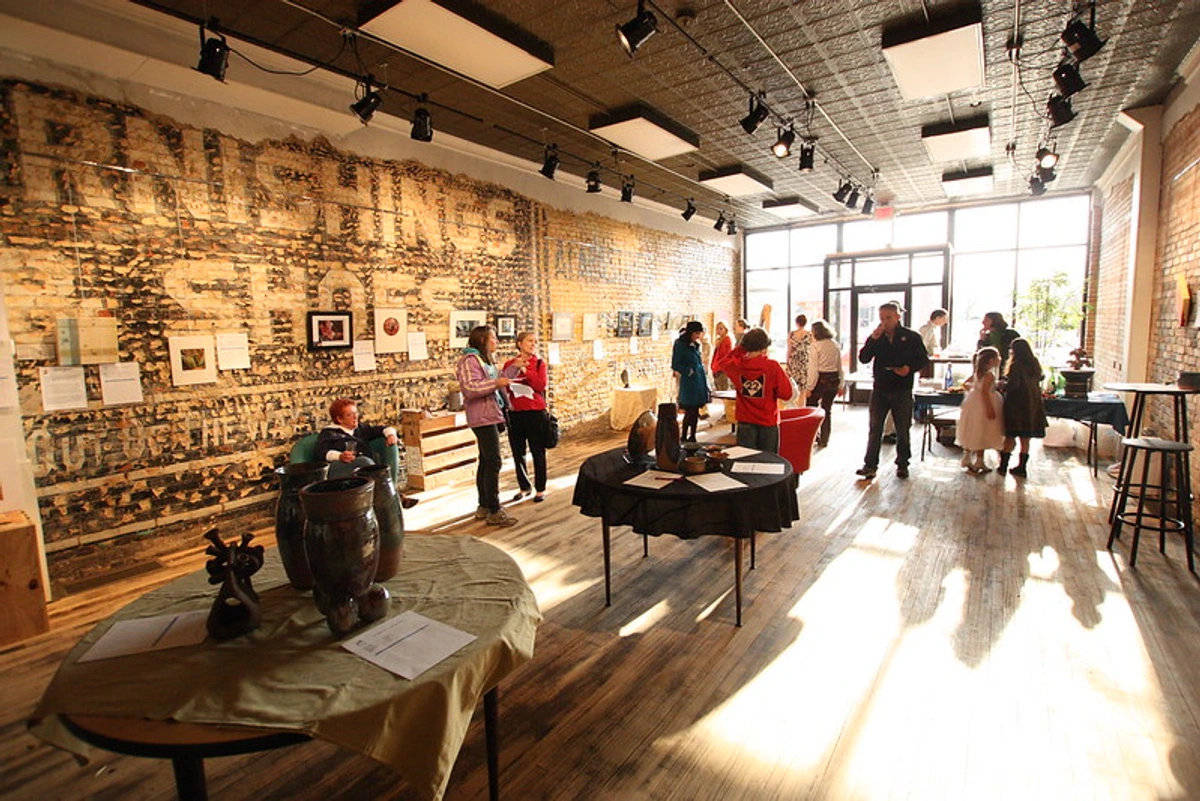
Art Fairs and Exhibitions: These are like art buffets! You get to see a huge variety of work from many different galleries and artists all in one place. It's a dynamic, often buzzing environment, great for spotting trends and discovering new talent. It can be a little overwhelming, though, like trying to decide what to eat at that buffet. Go with a plan, or just wander and see what catches your eye. Check out my guide to visiting art fairs for more tips.
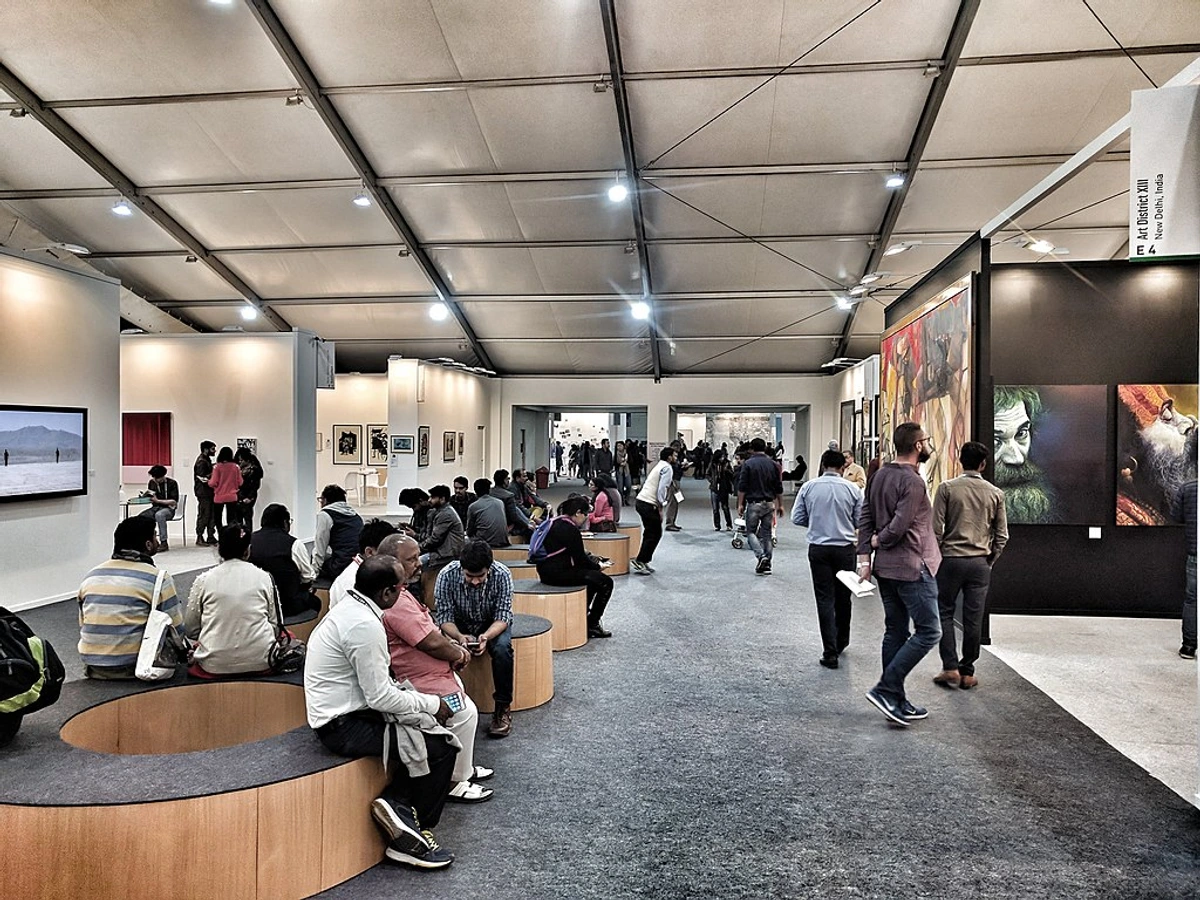
Auctions: For the slightly more adventurous beginner. Auctions can be a place to find unique pieces, sometimes at competitive prices. But they move fast, and you need a bit more knowledge about valuing art and the bidding process. Maybe save this for when you've got a few pieces under your belt, or go just to observe the drama! Online auctions are also a growing space, offering accessibility but requiring the same due diligence as other online platforms. My guide to online art auctions can help.
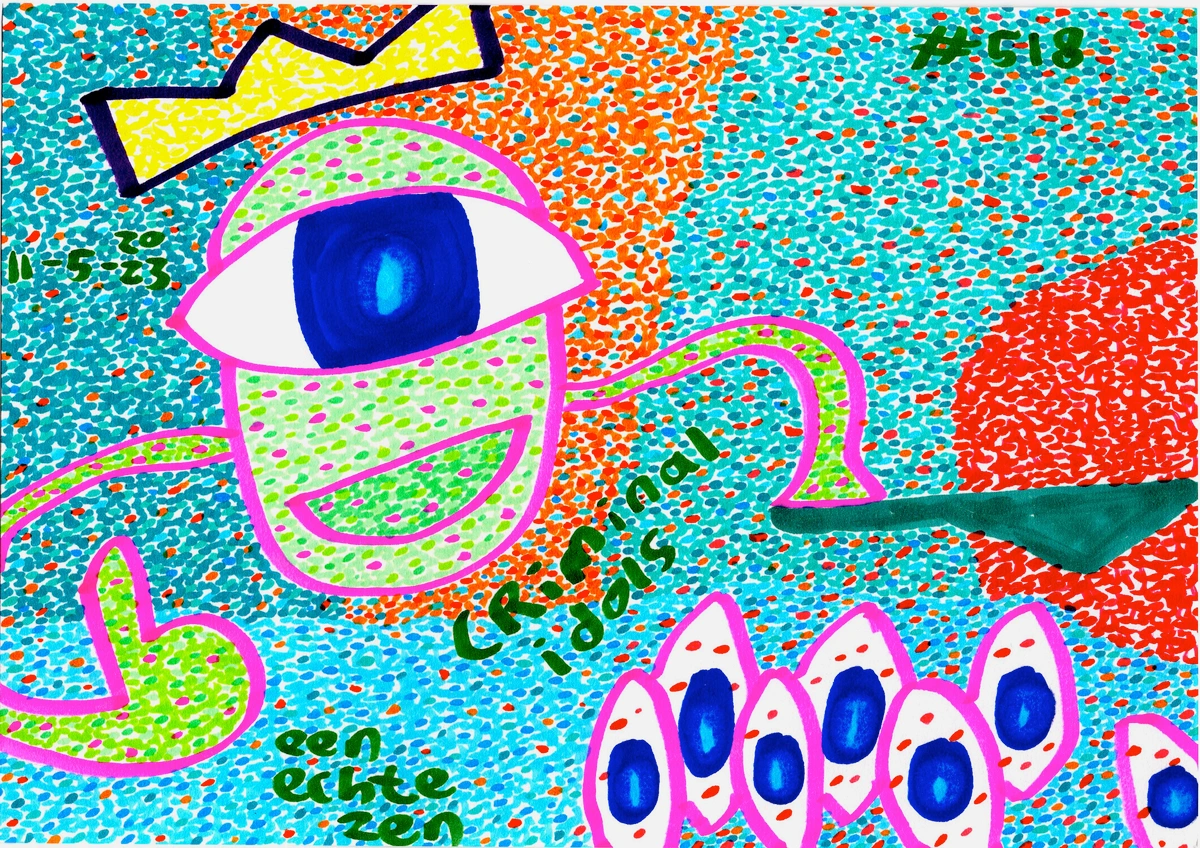
Artists' Studios: Buying directly from the source! This can be incredibly rewarding. You get to meet the creator, see where the magic happens, and understand their process firsthand. It often feels more personal, and you might even get a better price as you're cutting out the middleman. Finding studios might take a little more digging, but it's a fantastic way to connect with the art and the artist on a deeper level. As an artist myself, I love when people visit my studio – it's a chance to share the story behind the work. You can even visit my studio virtually at the Zen Museum in 's-Hertogenbosch.

Alternative and Niche Venues: Don't limit yourself to the obvious! Explore pop-up shows, local art school exhibitions, artist collectives, or online platforms specifically focused on emerging artists. Sometimes the most exciting discoveries happen off the beaten path, like finding art in cafes or boutiques (finding art in unexpected places). These venues can offer more accessible price points and a chance to support artists directly at earlier stages of their careers.
Here's a quick rundown of the pros and cons:
Venue | Pros | Cons |
|---|---|---|
| Online Galleries | Convenience, wide selection, price comparison, transparent pricing | Cannot see in person before buying, need to verify seller reputation and return policy |
| Physical Art Galleries | See art in person, expert guidance from gallerists, potential for building relationships, attend openings | Can be more expensive, selection may be limited compared to online |
| Art Fairs/Exhibitions | See a wide range of art in one place, discover new artists and galleries, dynamic environment | Can be overwhelming, may require specific timing to attend |
| Auctions | Potential for unique finds and lower prices | Fast-paced environment, requires more expertise in evaluation and bidding |
| Artists' Studios | Direct connection with the artist, potential for better prices, see the creative space, personal experience | May require more research to find studios, selection may be limited |
| Alternative/Niche | Discover emerging artists, potentially lower prices, support artists directly, find unique pieces, less intimidating environment | May require more digging to find, less formal structure, variable quality and professionalism |
Exploring these different avenues is key to finding what resonates with you and building confidence as a collector.
4. Researching the Artist and Artwork: Digging a Little Deeper
Once a piece catches your eye, especially if it's by an artist you're not familiar with, doing a little homework is a smart move. It's not about becoming an expert overnight, but about feeling confident in your purchase and connecting more deeply with the work. My guide on researching artists covers this in more detail.
- Artist's Background: Look for the artist's website or online presence. Read their bio and artist statement. What are their influences? What themes do they explore? Where have they exhibited? This gives you context and helps you understand their journey. My guide on deconstructing the artist statement can help you understand what to look for.
- Exhibition History: Has the artist shown in reputable galleries or museums? This can be a good indicator of their standing in the art world. Don't dismiss artists without extensive history, especially emerging ones, but it's a data point.
- Artist's Website/Social Media: See how they present their work. Do they have a consistent style? Do they engage with their audience? Social media can offer a peek into their process and personality, which can deepen your connection. My guide on social media for emerging artists shows how artists use these platforms.
- Talk to the Source: If buying from a gallery or studio, ask questions! What's the story behind this specific piece? What materials did they use? What was the inspiration? A good gallerist or artist will be happy to share.
- Research the Specific Artwork: Is this piece part of a larger series? What was the context or inspiration behind its creation? Does this particular work have any notable exhibition history? Understanding the individual piece's story adds another layer to your connection.
- Look for Independent Information: Search for independent reviews, articles, or interviews about the artist or their work. This can provide a broader perspective beyond what the artist or gallery presents.
This research phase is less about verifying value (though it helps) and more about building a relationship with the art and the artist. It turns a transaction into a meaningful acquisition. And speaking of value, let's look at some practical considerations before you commit.
5. Key Things to Consider Before You Buy: Making Informed Decisions (Without Getting a Headache)
So, you've found a piece that sings to you. Wonderful! Before you commit, let's run through a few practical things. Think of this as your pre-flight check. My guide on questions to ask before buying art is also helpful here.
- Authenticity: Is it the real deal? Always ask for a certificate of authenticity (COA). This is like the artwork's birth certificate, usually provided by the artist or a reputable gallery. It confirms the work is genuine. Also, inquire about its provenance – that history of ownership we talked about. Good provenance adds a layer of legitimacy and can be important for value, especially for established artists. Buying from reputable sources (established galleries, well-known online platforms that vet artists) adds a layer of reassurance. If it's a print, is it a limited edition? Is it signed and numbered by the artist? Knowing these details is important. Check out my guide on understanding limited edition prints for more info.
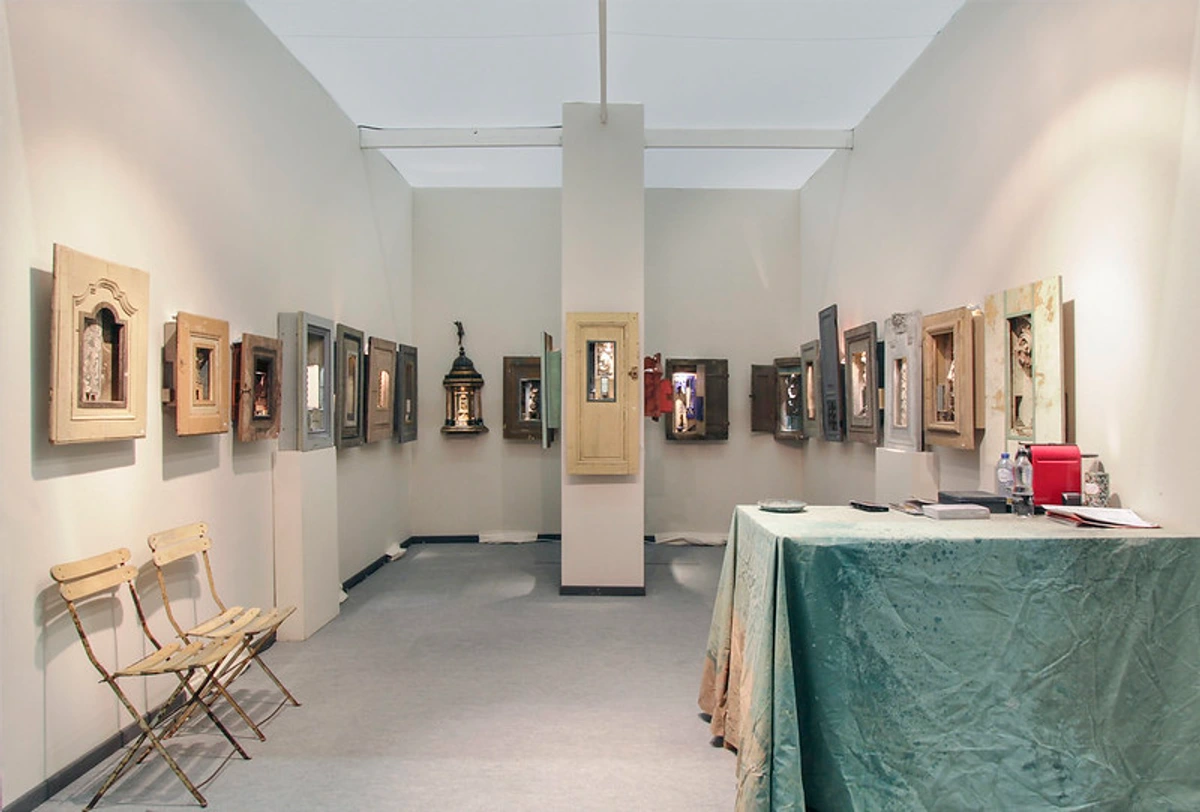
- Condition: Give it a good look, like you're buying a used car (but way more fun). Are there any tears, dents, fading, or weird spots? High-quality photos are essential if buying online. Don't be shy about asking if it's ever been restored or repaired. A little restoration isn't necessarily a dealbreaker, but you should know about it. For more valuable pieces, consider getting a professional condition report. This is a detailed document prepared by a conservator or expert outlining the artwork's current state, any existing damage, and previous restoration work.
- Framing and Presentation: How is the artwork presented? Is it framed? If so, is the framing done with archival materials (acid-free mats, UV-protective glass) to protect it long-term? Using archival materials is crucial because standard materials can degrade over time, releasing acids that can yellow paper, fade colors, and damage the artwork itself. Framing costs can be significant, sometimes adding a substantial amount to the total price, especially for custom or large pieces. Discuss framing options and costs upfront. My guide on framing your artwork covers this in detail.
- Installation: How will you hang or display it? Is it heavy? Does it require special mounting hardware? For larger or heavier pieces, you might need professional installation. Factor this potential cost and complexity into your decision. My guide on the art installation process explains what to expect. A common guideline for hanging is to center the artwork at average eye level, typically around 57-60 inches (approx. 145-152 cm) from the floor to the center of the piece, though this can vary depending on the space and surrounding furniture.
- Sales Agreement/Invoice: Always get a written record of your purchase. This should include details about the artwork (artist, title, medium, size, year), the price, and confirmation of authenticity (like the COA). This is your proof of ownership and the artwork's identity.
- Return Policy: What if you get it home and it just... doesn't work? Or you notice something you didn't see before? Understand the seller's return policy before you buy, especially online. It's your safety net.
- Shipping and Insurance: How will it get to you safely? Ask about shipping costs and how it will be packed. Art needs careful handling! For more valuable pieces, consider getting art insurance. It's like travel insurance for your artwork – hopefully, you never need it, but you'll be glad you have it if something goes wrong. My guide on art shipping costs breaks down the expenses.
- Additional Costs: Beyond the sticker price, clarify if there are additional costs like sales tax, shipping insurance (if not included), or potential customs fees for international purchases. These can add unexpected expenses to your budget.
- Keeping Records: Once you own the piece, keep good records! Store the COA, invoice, and any provenance information safely. Consider taking detailed photos of the artwork from different angles, including close-ups of the surface and edges, and note its condition upon arrival. This documentation is important for insurance purposes, potential future valuation, or if you ever decide to sell the piece. It's like creating a mini-archive for your collection.
- Investment (A Quick Note): While passion should drive your first purchases, it's worth understanding that art can appreciate in value. This is influenced by the artist's career trajectory, market demand, critical acclaim, inclusion in significant collections, representation by reputable galleries, and the historical significance of the piece. Buying from emerging artists can offer potential for growth, but it's never guaranteed. Think of any potential financial return as a bonus, not the primary goal. It's also worth noting that there's a secondary market for art, where pieces are resold (often through auctions or dealers). The provenance and condition you documented become crucial here. My guide on art as an investment explores this more.
Asking these questions and understanding these practicalities will help you make a confident and informed purchase.
6. The Emotional Journey of Living with Art
Beyond the purchase, the real magic happens when you bring art into your life and space. It's not just decoration; it's a relationship. That piece you chose? It's going to live with you, see your moods, witness your life unfold. It can change the energy of a room, spark conversations, or simply offer a moment of quiet contemplation. I often find myself looking at my own paintings after they're finished, seeing new things in them depending on how I feel that day. It's a living thing, in a way. I have a small abstract piece in my studio, full of blues and greens. Some days, it feels calm and meditative; other days, when I'm feeling restless, the brushstrokes seem to vibrate with energy. It's like it reflects my own state, or maybe it influences it. That's the power of living with art.
Choosing art is an act of bringing something new into your personal world. It reflects who you are, what you value, and what you find beautiful or thought-provoking. Over time, your collection will tell a story – your story. It's okay if your taste evolves; that's part of the journey! The art you buy today might mean something slightly different to you in five years, and that's the beauty of it. It grows with you.
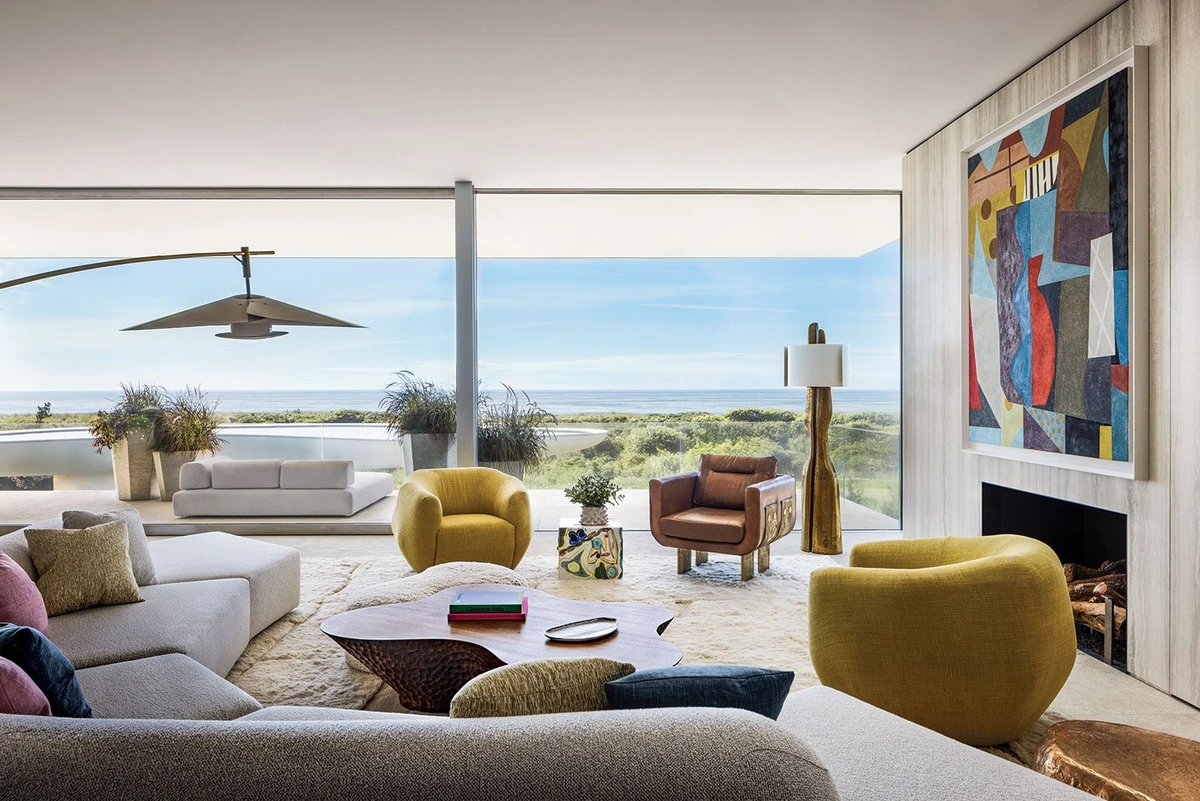
7. Displaying and Caring for Your New Companion
Okay, you've got the art, you love it, you've brought it home. Now what? How do you make it look its best and keep it safe? Think of this as setting up its new home. My guide on how to take care of your art is a good resource.
- Placement is Key: Where will it live? Consider the light (avoid direct sunlight – it's like a vampire for colors! My guide on protecting art from sunlight explains why), the wall color (does it pop or blend?), and the surrounding furniture. Does it need a whole wall to itself, or will it be part of a gallery wall? Think about the scale relative to the space. A tiny piece can get lost on a huge wall, and a massive piece can overwhelm a small room. Consider different rooms too – art isn't just for the living room! My guides on how to decorate a wall or how to display different types of art offer more ideas. A common guideline for hanging is to center the artwork at average eye level, typically around 57-60 inches (approx. 145-152 cm) from the floor to the center of the piece, but feel free to adjust based on your furniture and personal preference.
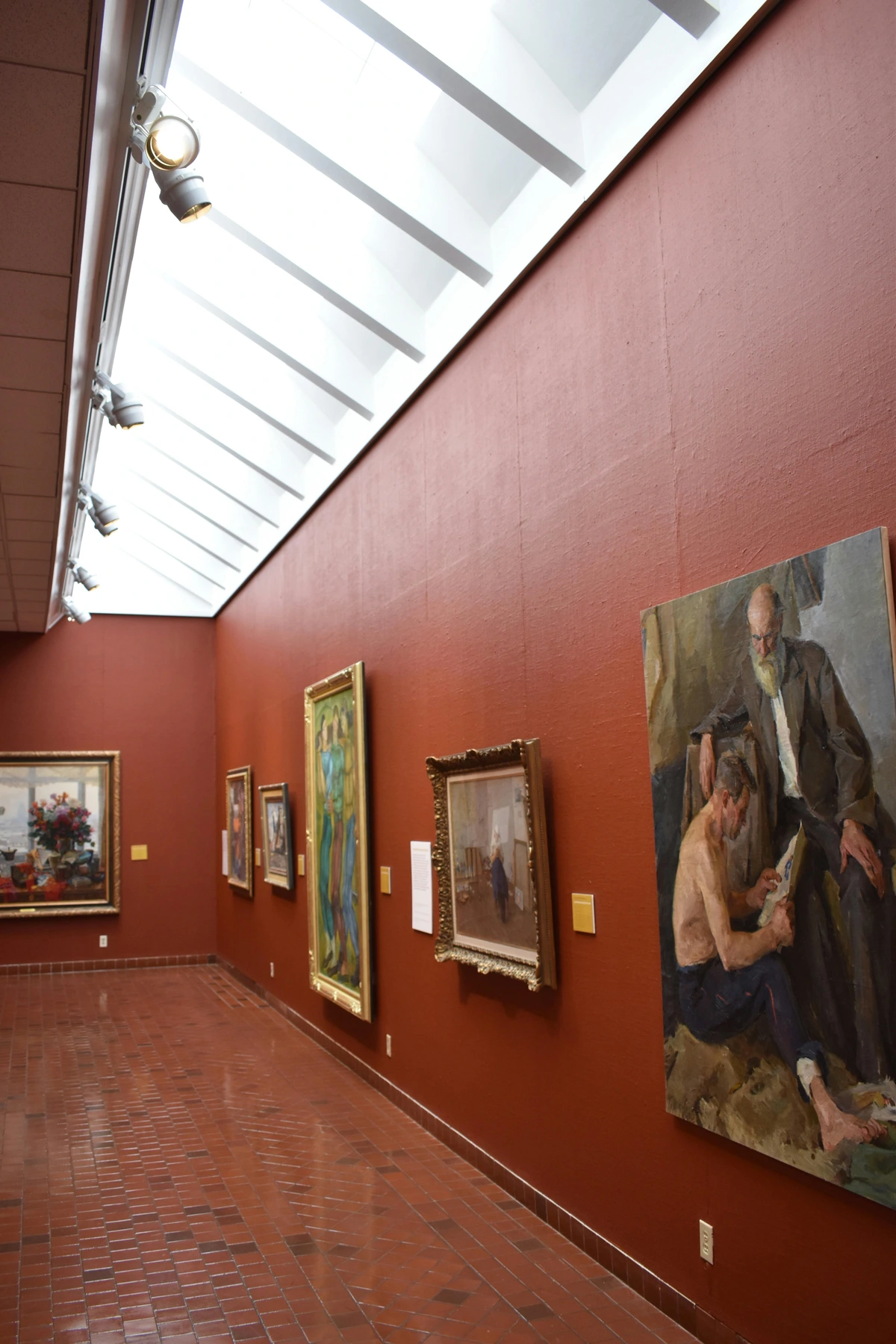
- Lighting: Proper lighting can dramatically enhance your art. Track lighting or picture lights can highlight details and colors. Be mindful of the type of light (LEDs are generally best as they emit less UV) and its placement to avoid glare or shadows. My guide on how artists use light and shadow might give you some ideas on how light interacts with art.
- Environmental Factors: Keep your art away from extreme temperature changes, humidity (like in a bathroom, unless specifically framed for it – see my guide on art for the bathroom), and dust. Stable environments are best for preservation.
- Basic Cleaning: A gentle dusting with a soft brush or microfiber cloth is usually enough for paintings and framed works. For sculptures or other mediums, ask the artist or gallery for specific care instructions. Never use cleaning products unless specifically recommended by a conservator. My guide on how to take care of your art provides more detailed tips.
- Security: For more valuable pieces, consider the security of your display. Use appropriate hanging hardware that makes it difficult to easily lift or remove the artwork. Discuss specific art insurance coverage options with your provider to ensure your collection is protected.
- When to Call a Professional: If you notice any damage (tears, cracks, significant fading, mold), or if a piece needs more than basic dusting, it's time to consult a professional art conservator. Attempting repairs yourself can cause irreversible damage. They are the doctors of the art world! A conservator can assess the damage, recommend treatment, and perform necessary repairs or cleaning using specialized techniques and materials to preserve the artwork's integrity and value.
Caring for your art ensures you can enjoy it for years to come and preserves it for the future.
The Joy of the Journey
Buying modern art as a beginner might seem daunting, but it's truly one of the most rewarding journeys you can take. It's about opening your eyes, trusting your gut, and bringing pieces into your life that resonate with your soul. Don't worry about making the 'right' investment or impressing anyone. Focus on what you love, learn as you go, and enjoy the process of building a collection that is uniquely, wonderfully yours. Every piece you acquire is a marker on your personal timeline, a reflection of who you were and who you are becoming. Happy collecting! And hey, if you're looking for a place to start, feel free to browse my own art for sale – maybe something there will speak to you.




